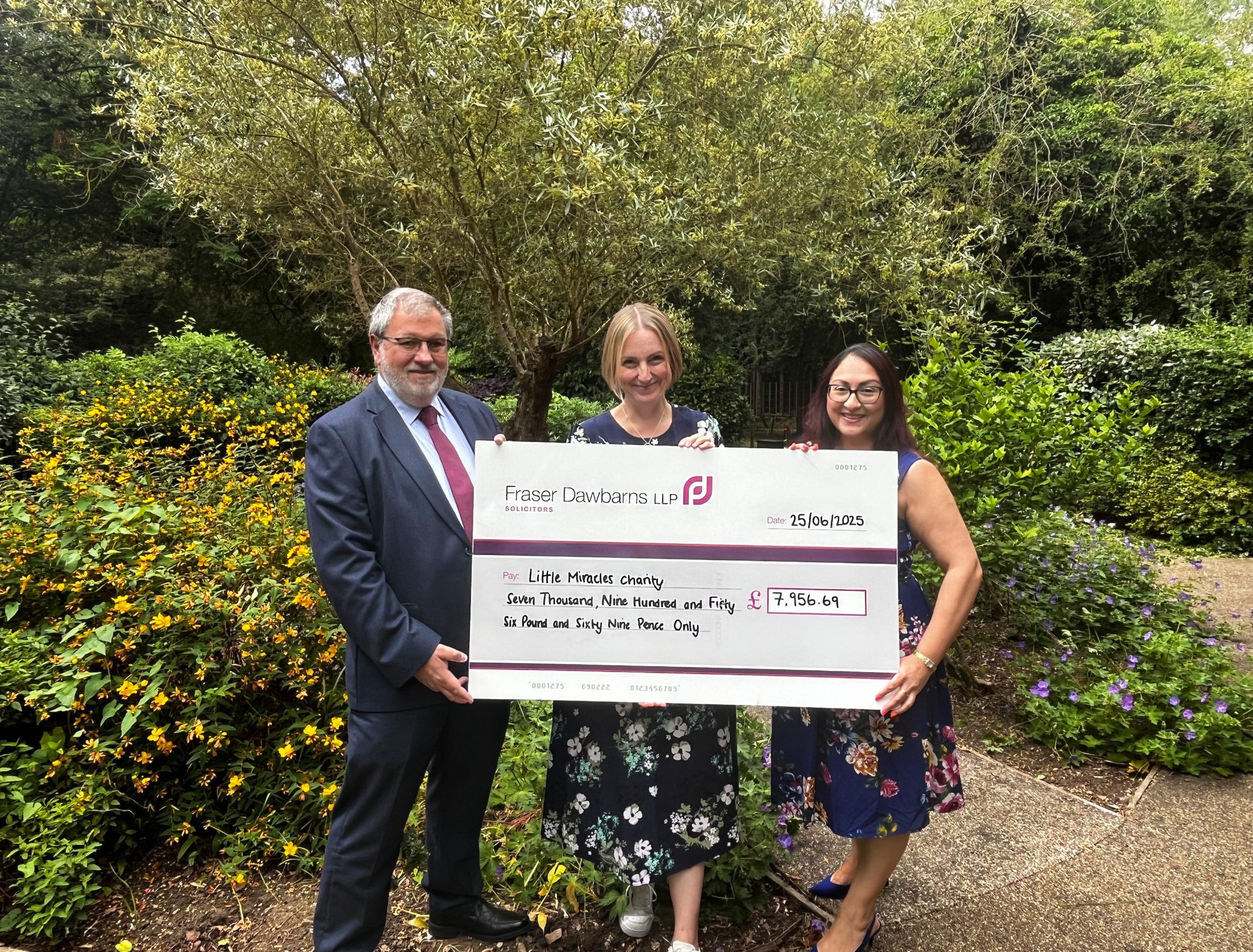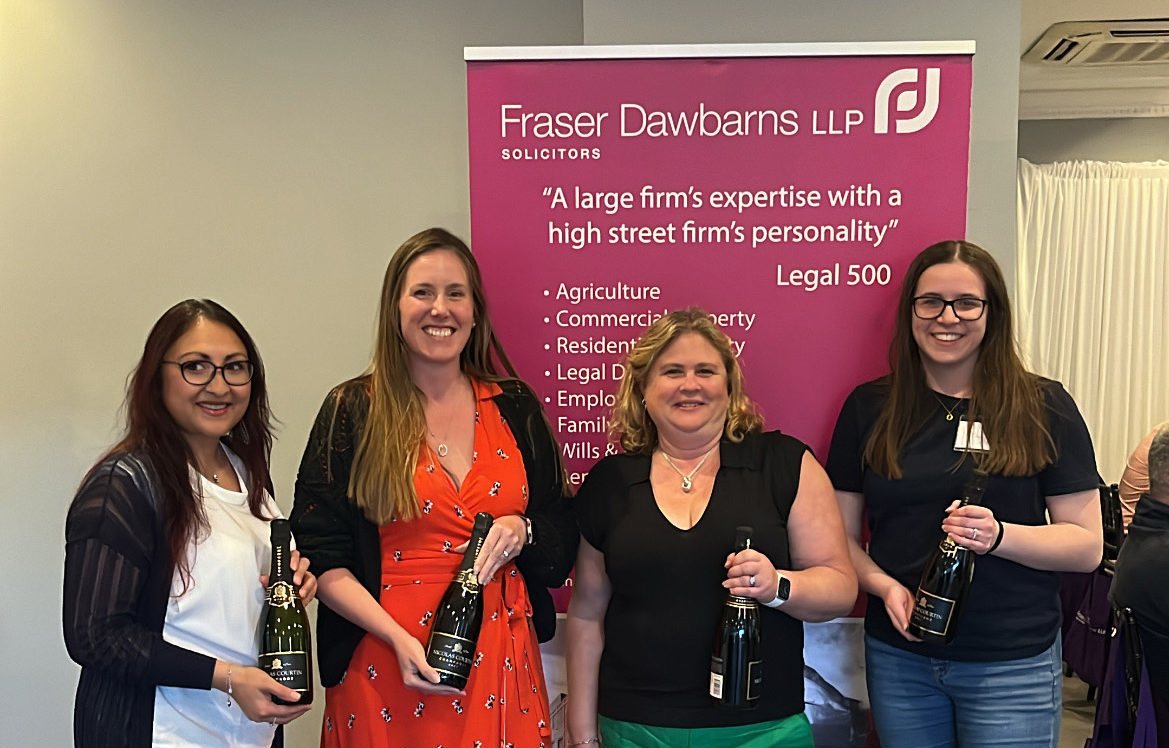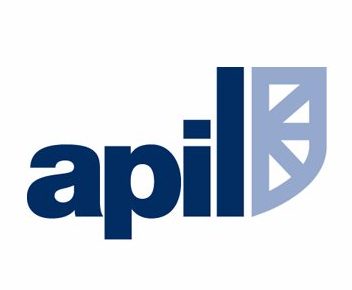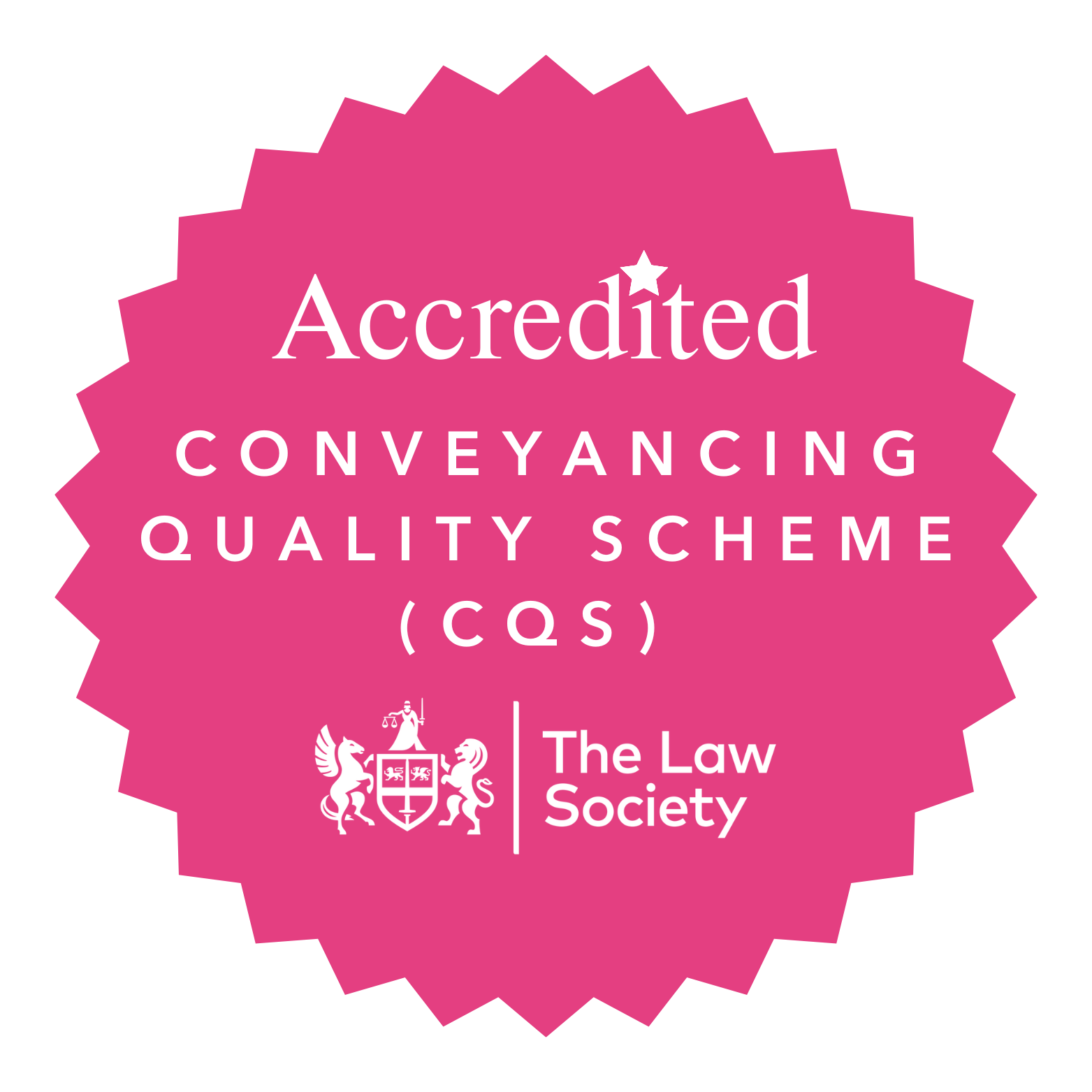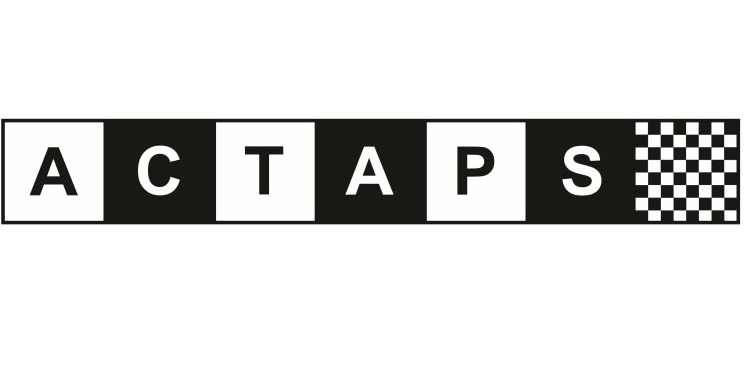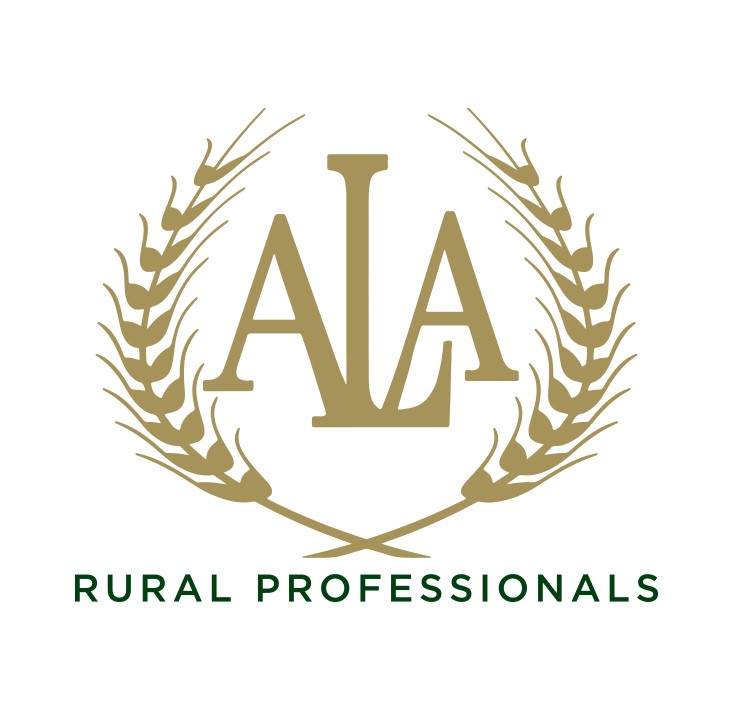Solar Farms From a Landowner’s Perspective
Solar Farms have an ever-increasing role to play in the governments ambition for the UK to reach its target for net zero carbon emissions by 2050. Last year the climate change committee issued a report which set a target of 85 gigawatts of Solar by 2050.
With there being so much appetite for solar energy, landowners are now being approached by developers with proposals for solar farms. These solar farms require large sites and typically farmers are the landowners who are most frequently approached. Large acreages which up until now have only been used in agriculture have the possibility of being used as a solar farm, applying commercial rents on a fixed term basis. Landowners with sizable land holdings are seeing this as an opportunity to diversify their farm and replace the Basic Payment Scheme (BPS) payment which is due to be phased out in 2027. Solar Farms are therefore an exciting opportunity for landowners as the nation embarks on its quest to decarbonise.
When developers approach landowners with the proposition of a solar farm, it is easy for the landowner to become fixated on the rent. However, these deals are not limited to rent, it is a complex commercial arrangement between landowner and developer (and possibly a funder).
At the outset of the transaction, the developer will need to obtain planning permission to use the land as a solar farm. This creates an issue for the developer who shall need to reserve the site whilst planning is obtained. The developer will not want to enter the Lease immediately and start paying rent to the landlord without knowing whether they can build the solar farm. The Landowner and the Developer therefore enter an Option. Typically, Option Agreements are for a specified period and during this time the landlord is expected to support the developer in the procurement of planning permission.
Why should a landowner do otherwise? Well, there are occasions when the landowner’s interests do not align with the developer’s, and in that instance the landowner can find themselves being frustrated by being unable to use their land with the same freedom that they had prior to the grant of the Option.
In the event of the Option being exercised, the developer will take an interest in the land. Typically, this takes the form of a Lease, but this could be a sale of the freehold to the developer at an agreed capital value. In the event of a sale of the freehold to the developer, the relationship between the landowner and the developer is relatively short and the landowner’s priority will be to consider the tax consequences of making a disposal.
It is not uncommon for a landowner and developer to agree to proceed by way of Lease as opposed to freehold sale. A leasehold interest in land creates a relationship between landlord and tenant and that relationship includes obligations given by each party to the other. Those obligations will regulate the landlord and tenant’s day to day activities at the property for the duration of the Lease term. It is therefore essential that the landowner is forward thinking and can bring to the forefront of negotiations potential issues that may arise in this intermediate period. Both the landlord and the tenant also need to consider the long-term consequences of entering a Lease. In the event of the Option being exercised, the Lease will be in place for some 30 years or more.
Essentially, a landowner should consider a solar Option and Lease in terms of short-term obligations, intermediate obligations, and long-term obligations.
The Short Term
The short-term obligations imposed on the landowner will be set out in the Option Agreement. The Option Agreement is an estate contract which the landowner enters with the developer agreeing to grant to the developer a Lease of the property. The Option itself would typically include a plan showing the extent of the property to be leased. Albeit it is not sufficient for the landowner to simply grant to developer a Lease of the property. The solar farm shall need to be connected to the grid. The Option should therefore not only consider the location of the solar farm but also it should consider the following:
- Where a compound may be located;
- Access to the solar farm;
- Cable routes to the grid; and
- Switch gear housing together with other infrastructure.
The developer will be able to advise the landowner as to what is required and shall require the landowner’s cooperation in locating these items if applicable. The positioning of the cable routes is a key consideration of the landowner who will explain to the developer why it is not appropriate for the developer to lay a cable through the middle of a field and the problems that the developer may face if it lays the cable round the headland. Land drains, crop loss, schedules of condition all need to be considered in dealing with cable routes and access.
In addition to the premises and the aforementioned areas, the developer will want assurances from a landowner that their continued use of the farm will not impede the solar development. These assurances are often extensive and do not simply relate to the solar farm itself. They can extend beyond the solar farm and can often limit the landowner’s use of the remainder of their farm. Examples of such obligations include:
- Preventing the landowner from granting any other Options or Leases over the farm or any other property owned or occupied by the landowner for the construction of a solar park which could compete with the solar park being promoted by the developer;
- Grant any incumbrances over the farm over which the cables routes and access ways are to be granted to the developer without the developer’s consent;
- Preventing the landowner from entering a new mortgage over the remainder of their estate without the incoming mortgagee entering a direct covenant with the developer to observe and perform the terms of the Option and Lease. In this instance, the developer wants to ensure that in the event of a mortgagee exercising his rights under the charge, it cannot take free of the Option Agreement;
- Not to allow any third party to exercise any other rights over the estate such as granting other rights of way to neighbouring landowners or wayleaves to statutory undertakers;
- Not to carry out activities on the farm which in the developer’s opinion could interfere with the amount of solar radiation reaching the solar farm. This can include a complete prohibition in the erection of buildings on the estate;
- Support the planning application.
Although the Option Agreement is for a short period of time relative to the Lease, the above constraints can prove troublesome for a landowner. If the landowner wants to re mortgage the Property, they can do so but often with the developer’s consent (and that consent whilst typically available will be subject to certain conditions being met) which can cause frustration for the landowner. It is also important to note that if the landowner enters an Option, then they may miss out on possible future developments with other developers. It is essential the landowner considers very carefully the obligations they are given to the developer and wherever possible they should limit those obligations to the extent they are necessary. It is very much an act of negotiation for both parties to ensure that a fair balance is reached. The landowner cannot expect the developer to expend large sums of money obtaining planning permission if the landowner can take actions on its estate which potentially jeopardise the solar project. Similarly, a landowner must be supportive but at the same time does not place all their ‘eggs in one basket’.
Immediate Obligations
The intermediate obligations of the landowner and the developer are contained in the Lease. It is essential the landowner not only reviews the obligations that bind the Landowner but also consider the obligations on the tenant and whether they are sufficient.
Typically, the landowner’s obligations in a Lease of commercial property include quiet enjoyment and an obligation to insure the premises. Whilst the Lease of the solar park will deal with those points, the similarities stop there. The landowner is expected to be far more supportive of the developer in connection with a Solar Lease. How the landowner uses the remainder of its estate may be regulated. By way of example, the Landlord will not be allowed to grow anything on its estate which may overshadow or prevent solar radiation from reaching the solar farm. The landowner needs to think very carefully about their future intentions for the estate and whether these intentions if come to fruition will work with the solar lease. In addition, the developer will require the support of the landowner in entering into wayleaves and other agreements necessary to connect the solar farm to the grid. The landowner will have to enter into additional Agreements once the solar lease is in place to enable a connection to be made. By way of example, a statutory undertaker may require a high voltage cable to be routed across the estate to the Solar Farm. The preferred route of the cable may not be consistent with the landowner’s preferred route. It is essential that the draftsman captures the landowner’s expectations and limitations on what they are prepared to do in the future.
The tenant’s obligations contained in the Lease are like that of commercial premises. They include limitations on use, dealings, and repair. The obligations are however slightly different, and they need to be drafted to be reflective of a solar farm: namely the Lease of a large acreage as opposed to an individual building. The draftsman should consider the use of the property very carefully, having regard to the rest of the estate. It is not uncommon for solar developers to bring sheep onto the land to graze the grass under the solar panels. If a sufficient stock proof fencing is not maintained those sheep can get on to the remainder of the estate and cause damage, especially to crops.
Dealings with the property need to be carefully considered. The developer will want to freely be able to assign the Lease, especially if they do not intend to build out the site themselves. Whether or not a landowner should agree the developer can freely assign the Lease to a Funder largely depends on the financial standing of the funder and whether they are financially able to comply with the covenants of the Lease. Otherwise, the landowner should request or insist on any incoming assignee being of sufficient financial standing as to be able to comply with the covenants of the Lease.
Under-lettings are a regular feature of solar leases. The DNO (Distribution Network Operator) may want to site substations or other electrical equipment on the property and will require an interest in the land prior to installing the equipment. An underlease gives the DNO the security it needs, however the underlease may not be sufficient. If for example the DNO required a longer lease than the period set out in the solar lease, then the landlord and tenant would need to enter a negotiation for the surrender of part and grant of a new Lease for the land on which the electrical equipment will be sited. Ultimately the landowner will be expected to continue to assist the developer in getting the solar park energised. The landowner will need professional help in reviewing advising, drafting the various legal documentation that accompanies a Lease.
The Long Term
The long-term considerations centre around the reinstatement of the Property at the end of the term of the Lease. The landowner will require the developer to remove the solar farm and reinstate the field so that it can be used as a field for the purposes of agriculture. The developer will want to limit its obligations to reinstate the field wherever possible and typically landowners and developers will agree that the developer does not need to remove equipment situated below a pre-agreed depth. The landowner should insist as a minimum, the removal of all hard standings, roadways (so far as the roadways do not adversely affect the future use for agriculture) or tracks from the Property, and to remove all equipment and any hazardous structures or hazardous materials introduced by the developer on site. The reinstatement provision needs to be carefully negotiated so: –
- The landowner receives the field back in an acceptable condition; and
- The extent of the remediation works is clearly defined in order to calculate the potential remediation costs in the event of the developer’s default.
The potential remediation costs in the event of developer’s default should be provided for in the Lease. Typically, this takes the form of a decommissioning security which is either cash based, or insurance backed. The reinstatement costs need to be calculated and adjusted during the Lease term to ensure the costs security is adequate and reflects the current market value for such remedial works. A badly drafted clause can result in the landowner having insufficient decommissioning security in the event of the developer’s default. The developer will want to delay paying money into the decommissioning security until later in the Lease. The landowner should carefully consider the terms of the Lease and whether any delay in making payments into the decommissioning security poses an unacceptable risk to the Landlord. The landowner should consider if the tenant has any breaks which are operable early in the Lease term. If the developer includes a break within the Lease whereby the developer can break the Lease in the event of the solar farm being un-financially viable a, then the landowner might find themselves in a position whereby the Lease has been terminated without there being an adequate decommissioning security in place. It will almost certainly be the case that a developer who exercises a break on the grounds of the solar farm not being financially viable will find themselves in financial difficulty and therefore may not have the financial resources to comply with the decommissioning provisions in the Lease.
Conclusion
Developers are approaching landowners and farmers in connection with solar farms. The developers having experienced multiple deals are well practiced in dealing with landowners and the negotiations associated with options and leases for solar farms. Typically, the landowner will be approached once, maybe twice and will lack the same continuity. It is therefore essential that the landowner employs a land agent and lawyer with sufficient experience on dealing with solar farms to be able to gain that level of continuity that the solar developer has. It is an interesting time with the subsidy gap looming and landowners and farmers cannot afford to negotiate a bad deal for a solar farm especially when such a deal could last for 30 years or more.
If you would like an initial discussion about your situation and how we might be able to help please contact Daniel Ball on danielball@fraserdawbarns.com or call on 01553 666606
Find out more about Daniel Ball
Find out more about our Renewables services
This article aims to supply general information, but it is not intended to constitute advice. Every effort is made to ensure that the law referred to is correct at the date of publication and to avoid any statement which may mislead. However, no duty of care is assumed to any person and no liability is accepted for any omission or inaccuracy. Always seek advice specific to your own circumstances. Fraser Dawbarns LLP are always happy to provide such advice.
Related Articles
Recommended By The Legal 500 Directory*
*We are recommended for the following practice areas: Corporate and Commercial, Debt Recovery, Employment, Personal Injury: Claimant, Agriculture and Estates, Contentious Trusts and Probate, Family, Personal Tax, Trusts and Probate & Commercial Property.
ServicesContact